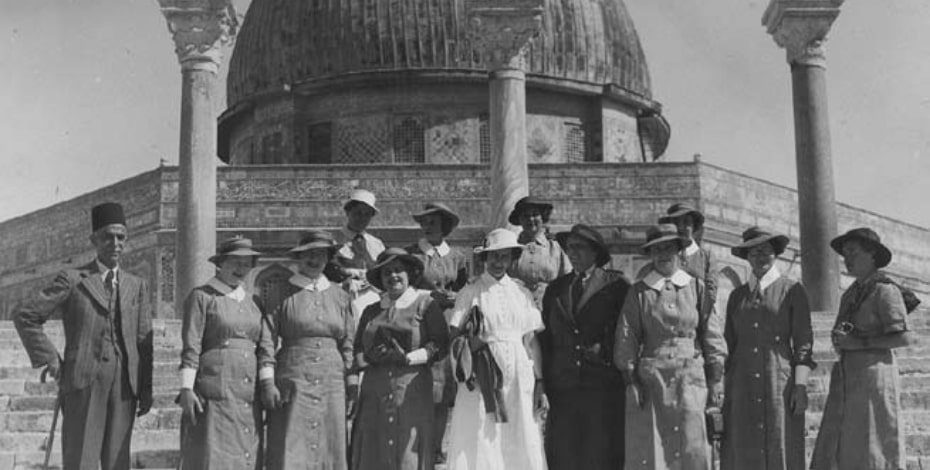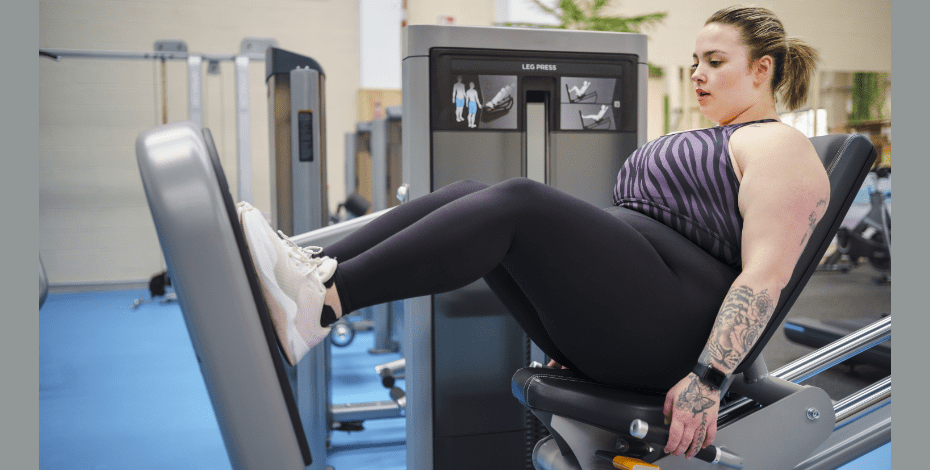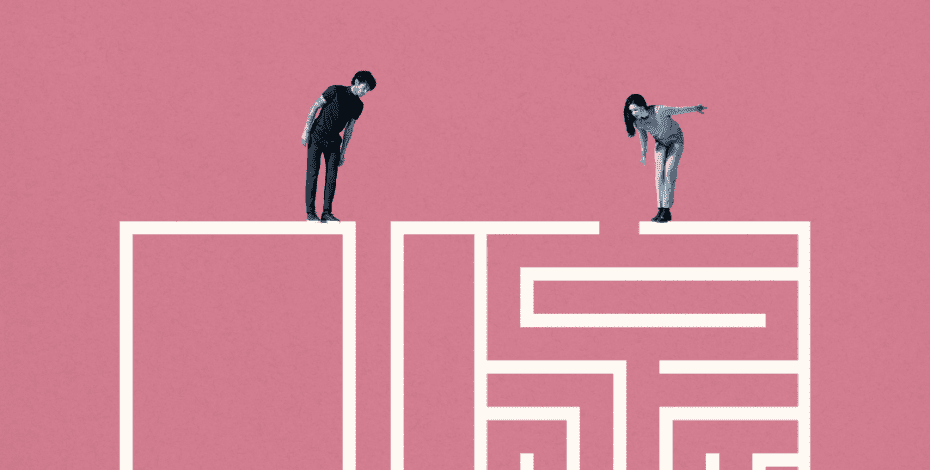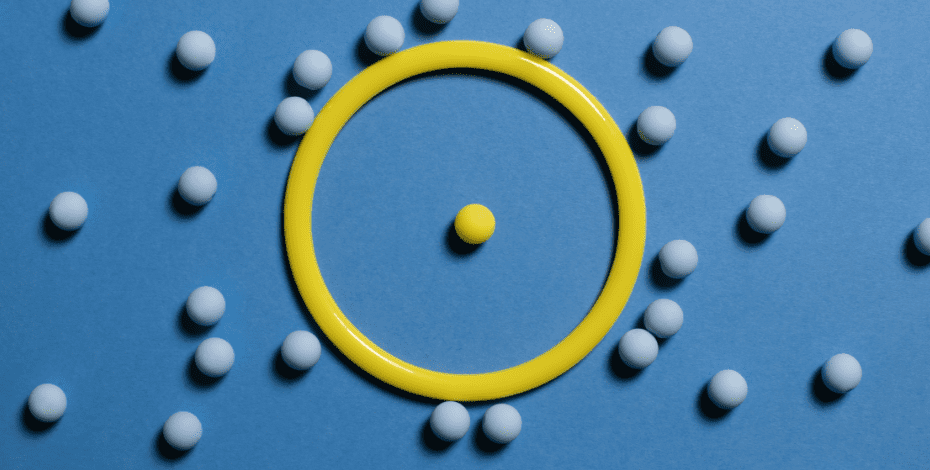
Battle for prominence during wartime

The contribution by Australian physiotherapists to the war effort plays a significant role in the profession’s proud history. As the country prepares to mark Anzac Day on 25 April, InMotion reproduces edited excerpts from the seminal tome The Path to Professionalism by Philip Bentley.
These excerpts chart practitioners’ struggle for recognition in military service and the increasing popularity of rehabilitation.
At the beginning of World War I, massage therapy in Australia remained a comparatively little known and under-utilised practice.
While the activities of the Australasian Massage Association (AMA) had helped raise its profile, many doctors and members of the general public remained sceptical of its worth.
The war, however, provided a surfeit of casualties needing physical rehabilitation, both of an immediate and ongoing nature.
This allowed massage practitioners to demonstrate the effectiveness of their methods.
Consequently, by the end of this great conflict in 1918, both the physical therapies and the AMA were more widely known.
The Great War, as it came to be known, appeared at its outset to be yet another in the seemingly endless round of European wars, which had been occurring sporadically for much of history.
But the potential for mass casualties, both of military participants and civilians, had become greater.
The medical and health consequences of such a conflict would be immense. In all, some 330,000 Australians served in the Great War and of these 60,000 died and 165,000 suffered wounds.
Massage therapists had been aware of the potential of the practice in the treatment of war wounded for some years.
However, the profession’s low profile meant that it was overlooked by the Australian Army Medical Corps (AAMC) when provisions were drawn up for the war.
A principal purpose of the AMA’s formation was to demonstrate to the medical profession, and to the world at large, the superiority of a properly trained massage therapist.
With the dogged determination that had characterised the organisation from its beginning, the AMA set about lobbying for change.
In July 1915 the DGMS allowed the dispatch of one masseur and two masseuses, but with only the rank of ‘Staff Sergeant’ and ‘Staff Nurse’ respectively.
In August, another 12 women and six men were sent, selected by ballot from the newly formed Australian Army Massage Reserve. In total, 42 Australian massage practitioners worked overseas.
Wounded Australian soldiers received treatment through a three-tiered approach.
After initial attention, close to the field of battle, they were transferred to convalescent bases in England.
Here they received further treatment and had their injuries assessed.

If these seemed likely to keep them out of action for more than six months they were transported back to Australia.
Once home the returnees were placed in repatriation hospitals. In all but the most immediate situations, massage and electrotherapy played a significant role in attempts to restore physical function.
The massage practitioners’ brief had been ‘to prevent muscular atrophy after nerve injury, promote nutrition in the tissues of amputated stumps and prevent atrophy in stiff limbs and contractions of muscle or tendons after bullet wounds’.
Treatment involved massage, hot air baths and electrotherapy. To begin with most treatment was passive as remedial exercises were only in their infancy, but as the war progressed more active therapy was introduced.
By the end of the war, the success of this form of treatment saw active therapy supplant passive as the physical therapist’s main therapeutic tool.
The problem of military status emanated not only from the lack of interest in the profession in the forces but because the massage service was the only one of the Australian army medical, or related services, that accepted both men and women.
This presented a highly segregated organisation like the army with problems, not only in status but where to employ the respective genders.
Masseurs were generally dispatched to Command Depots where they treated convalescents waiting to be invalided out to Australia.
Masseuses, on the other hand, were generally sent to auxiliary hospitals where the wounded were first received and stayed for a shorter period of time.
The AMA remained active in the pursuit of the best possible conditions for its members.
Another issue they addressed themselves was the need for accelerated training to produce a greater supply of massage practitioners. In so doing the vexed issue of the preferred length of training for practitioners was raised again.
This point had been a matter of some disputation between the states before the war. New South Wales had argued for a year to 18 months’ duration, while Victoria and South Australia suggested that nothing less than two years was appropriate.
It was a key element in the breakdown of the AMA Federal Council that in 1914 was dissolved as a result of inter-state rivalry.
Despite misgivings by South Australia, who initially rejected a shorter course as they considered ‘soldiers required the most skilled treatment available’, within a few years all active states had set up a year long modified course.
In Victoria, trainees were selected primarily from voluntary aid workers in military hospitals. Forty-one were inducted and all found work on completion, nine going on to complete the full diploma. In New South Wales the equivalent course had 58 graduates.
As well as raising the profile of massage and the AMA, the war had a significant effect in Australia on the course of rehabilitation in general, and orthopaedics in particular.
The ongoing need of the war wounded ensured that massage therapists would have continuing employment in the rehabilitation process.
Indeed, it was the after- effects of the Great War that launched an industry of physical restoration in which massage became prominent.
As well, this brought about a much greater involvement on the part of government in physical restoration–something which led to an eventual split between the medical profession and the state over the degree to which rehabilitation should be medically or vocationally based.
For physical therapists worldwide, the war years were trying times. But for all the difficulties and deprivations encountered, the Great War was a coming of age for the profession.
The treatment of the wounded gave invaluable practice under difficult conditions. As well, it brought physical therapy more fully under the notice of the medical profession, forcing many doctors to recognise the beneficial effects of massage, remedial exercise, and electrotherapy.
Finally, it provided a legacy of patients with chronic conditions, ensuring there would be an ongoing need for physical therapists well into the following decades.
Moving into the 1920s, Australians endeavoured to put the trauma of war behind them and pick up the course of life which had been put on hold during the conflict.
For the physical therapy profession the next 20 years was to be a period of consolidation and gradual growth.
>> Want to read how the profession grew in post-war Australia? Hardcover copies of The Path to Professionalism by Philip Bentley are available here.
© Copyright 2024 by Australian Physiotherapy Association. All rights reserved.






